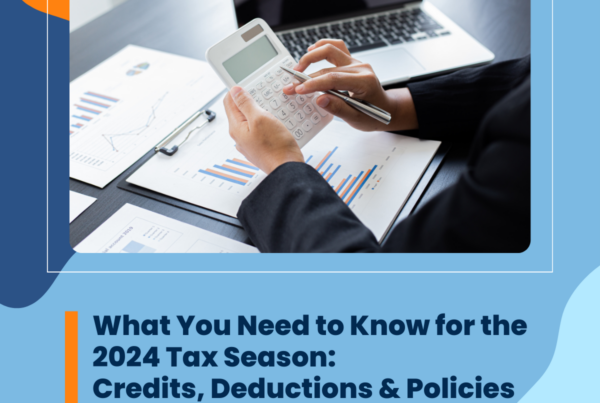Budgeting 101
There are a multitude of ways that a budget can be created, tracked, and presented. You can utilize spreadsheets, keep a paper ledger, save receipts, calculate numerous debt ratios, and maximize cash flow using complex and sometimes expensive software. Ultimately, the core measurements and the purposes of a budget are simple. We use them to track incoming flows of money and compare that to the outflows of money to ensure that there is enough capital left over to achieve our financial goals.
Budgeting is important at every stage of life and is especially crucial for families who have many financial responsibilities and obligations. The impact that a fine-tuned budget can have during this period can have dramatic effects later in life and can even impact future generational wealth.
Every individual and every family may have a different approach to budgeting, but here are a few tips to create, implement, and stick to a budget.
The first step of creating a budget is goal setting. Goals should be listed in short term, intermediate term, and long term. Goals will work as your North Star to make sure your budget is on track, so your objectives should be realistic and obtainable. Each goal should include the purpose of the funds, how much money is needed, and when the funds are needed. Some examples of goals are:
- Take a vacation. How much will the airfare, hotel, etc. cost? When do you plan on taking the trip, and when do you need the allocated money?
- Save for a downpayment for a new house. How much is needed for the payment, and when are the funds needed?
- Retire early. How much savings are needed to retire and maintain your desired lifestyle? When and at what age would you like to retire?
Implementing your budget
Once you have determined your goals, you can begin to create and implement your plan.
- Determine your income: The first step in creating a budget is to calculate how much money your household has coming in each month. This includes salary, dividends, and any other income.
- Make a list of all your expenses: This includes everything from rent or mortgage payments, groceries, transportation, entertainment, etc.. It should be organized by defining fixed expenses that aren’t likely to fluctuate (like mortgage payments or rent), and variable expenses (like entertainment or gas) listed separately.
- Prioritize expenses: Housing, food, and healthcare are essential expenses that should be covered before other less essential (discretionary) expenses such as entertainment or recreation.
- Create a spending plan: Based on your income and expenses, create a spending plan that allocates money to each category, and goal. Be sure to include a cushion for unexpected expenses and consider also planning for an emergency savings plan. It’s important to have a backup plan in case of unexpected events.
- Track your income and spending: Compare the inflows and outflows to your projections in your budget. This will help you identify areas where you may be overspending and areas where you can cut back. Regularly monitoring and making appropriate adjustments to your budget will help you stay on track and reach your financial goals.
A well-planned budget takes both self-awareness and organization. If you find following a budget to be difficult, gradually implement the practice. Remember, a budget is most useful when it is realistic and actionable.
A viable budget works as guide to track progress and identify areas that need improvement. Budgets should be reviewed frequently as goals change, financial situations change, economic factors change, and any other life changes occur that alter our financial picture. When done comprehensively and with a little insight, budgets can be an immensely powerful planning tool.
Additional tip: Automate. We tend to follow through actions that have the least obstacles and automating expected cash flows can help. For example: automating savings contributions, bill pay, and investment contributions can help implement healthy spending and saving habits.



